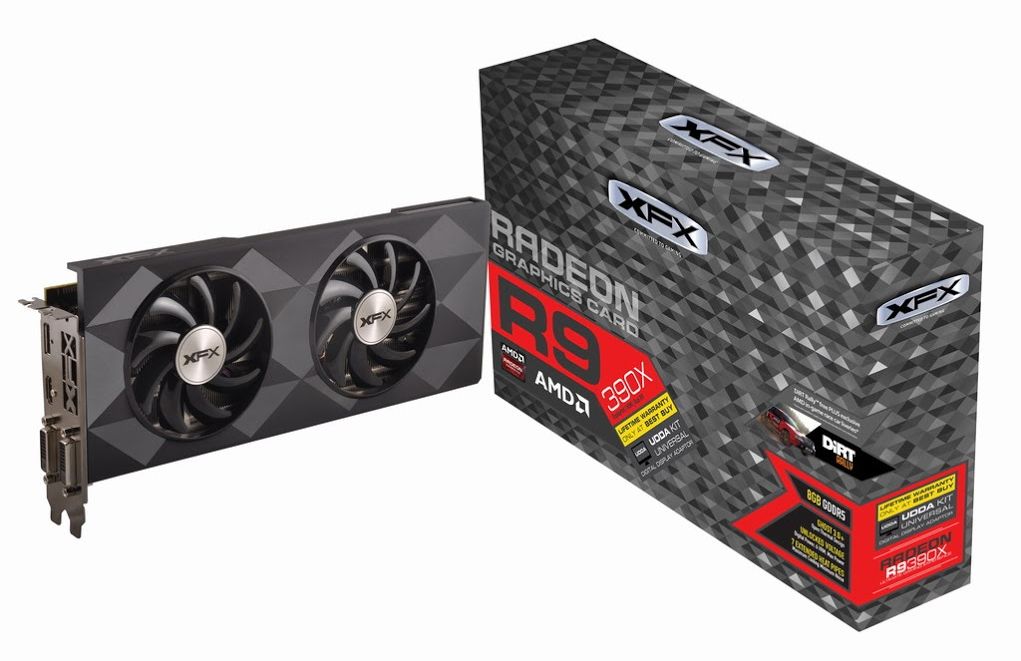28nm: The Last Node of Moore's Law
There is a consensus that making this type of product (discrete desktop GPUs) on processes beyond 28nm is going to be
more expensive. Until this point, costs have eventually remained similar on each successive node shrink. Increased difficulty of production beyond 28nm is going to mean (if these predictions are accurate), that GPUs are going to get more expensive going forwards.
There are very smart people working on what comes next, but just because we have enjoyed a trend this far, it does not mean that trend will continue.




